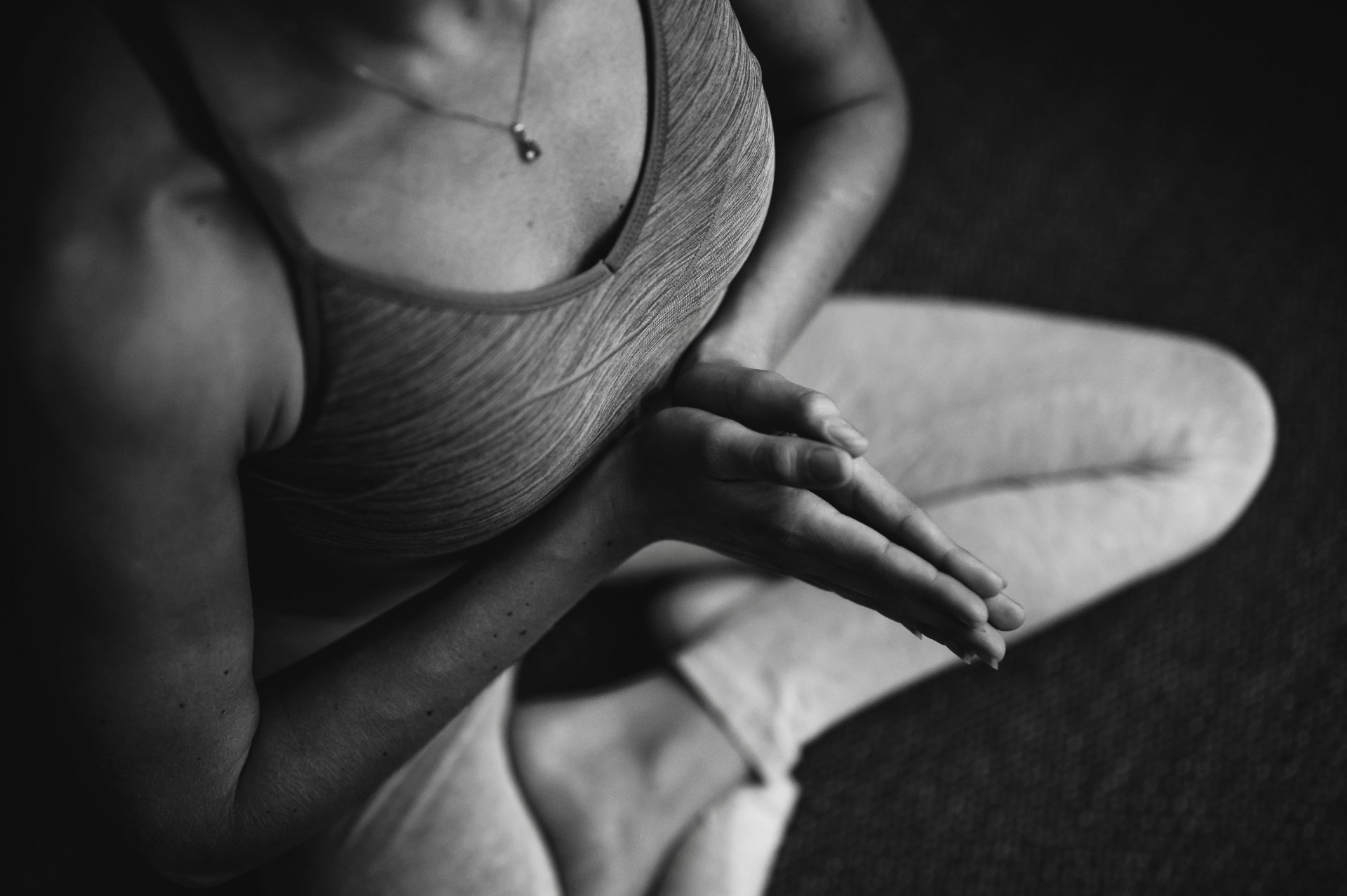Yoga for Insomnia: Poses for Better Sleep

Before diving in, please note: This post is for informational purposes only. If you’d like to know more about how we approach topics, feel free to check out our friendly Disclaimer Page.
Hey there, amazing readers! 🖐️ Just a quick note: yes, we know there are a lot of ads here. Trust us, we get it—it’s not the prettiest look, but they help us keep this blog alive and kicking. Those pesky little ads cover the costs of all the behind-the-scenes magic, from hosting and tech stuff to creating content we hope you’ll love.
We’re committed to delivering quality posts, and your support (even just sticking around despite the ads) means everything to us. So, bear with us, and thanks for helping us keep the good vibes rolling. Now, on to the fun stuff! 😉
TRANSLATE BUTTON AT THE END OF THE ARTICLE
A Quick Overview
Many people struggle with insomnia, a common sleep disorder that can have a profound impact on both physical and mental well-being.
In today’s fast-paced world, stress, anxiety, and other factors can disrupt our sleep patterns, making it challenging to get the rest we need.
One natural and effective way to combat insomnia is through the practice of yoga.
Yoga offers a holistic approach to improving sleep quality by combining physical postures, breathing techniques, and mindfulness exercises to relax the body and calm the mind.
In this article, we will explore how yoga can help alleviate insomnia and provide a series of yoga poses specifically designed to promote better sleep.
Understanding Insomnia and its Impact
Insomnia is a sleep disorder characterized by difficulty falling asleep, staying asleep, or experiencing non-restorative sleep.
It can be acute, lasting for a short period, or chronic, persisting for several nights a week for an extended period.
The impact of insomnia goes beyond feeling tired; it can lead to irritability, mood swings, difficulty concentrating, and impaired cognitive function.
Chronic insomnia has also been linked to more severe health issues such as obesity, heart disease, and depression.
Addressing insomnia is crucial for overall health and well-being.
How Yoga Can Help Improve Sleep Quality
Yoga offers a multifaceted approach to improving sleep quality.
The physical postures, or asanas, help relax the body, release tension, and promote circulation.
Breathing techniques, or pranayama, focus on deep, controlled breathing to calm the nervous system and reduce stress.
Mindfulness exercises, such as meditation and visualization, help quiet the mind and induce a state of relaxation conducive to sleep.
By combining these elements, yoga can address the underlying causes of insomnia and promote a restful night’s sleep.
Importance of Establishing a Bedtime Routine
Incorporating yoga into a bedtime routine can signal to the body that it is time to wind down and prepare for sleep.
Establishing a consistent bedtime routine helps regulate the body’s internal clock, or circadian rhythm, making it easier to fall asleep and wake up at the same time each day.
By creating a calming pre-sleep ritual that includes yoga, individuals can train their bodies to associate these activities with relaxation and sleep, making it easier to transition into restful slumber.
Top Yoga Poses to Combat Insomnia
Now, let’s delve into some specific yoga poses that can help combat insomnia and promote better sleep.
These poses are gentle, soothing, and designed to relax both the body and mind before bedtime.
Incorporating these poses into your nightly routine can set the stage for a restful and rejuvenating slumber.
Child’s Pose: Relaxation and Stress Relief
Child’s Pose is a calming yoga posture that gently stretches the hips, thighs, and lower back while promoting relaxation and stress relief.
To perform Child’s Pose, kneel on the floor with your big toes touching and knees spread apart.
Sit back on your heels and fold forward, reaching your arms out in front of you with your forehead resting on the mat.
Take slow, deep breaths in this pose, focusing on releasing tension in the body and calming the mind.
Legs-Up-The-Wall Pose for Deep Relaxation
Legs-Up-The-Wall Pose is a restorative yoga posture that promotes deep relaxation and circulation.
To practice this pose, lie on your back with your hips close to a wall.
Extend your legs up the wall, allowing your heels to rest against the wall while keeping your arms by your sides.
Close your eyes and focus on your breath, letting go of any tension in your body.
Legs-Up-The-Wall Pose is excellent for reducing stress and calming the nervous system before bedtime.
Cat-Cow Stretch to Calm the Mind
The Cat-Cow Stretch is a gentle yoga flow that helps relieve tension in the spine and calm the mind.
Start on your hands and knees in a tabletop position.
Inhale as you arch your back and lift your head and tailbone (Cow Pose), then exhale as you round your spine and tuck your chin to your chest (Cat Pose).
Flow between these two positions, synchronizing your movement with your breath.
The Cat-Cow Stretch is a great way to release built-up stress and prepare your body for sleep.
Forward Fold to Release Tension
Forward Fold is a relaxing yoga pose that stretches the hamstrings, back, and shoulders while releasing tension in the body.
Stand with your feet hip-width apart and slowly fold forward from the hips, allowing your head to hang heavy and your hands to rest on the floor or legs.
You can bend your knees slightly if needed.
Take deep breaths in this pose, feeling the gentle stretch along your spine and hamstrings.
Forward Fold is an excellent way to calm the mind and prepare for a restful night’s sleep.
Reclining Spinal Twist for Relaxation
Reclining Spinal Twist is a soothing yoga pose that releases tension in the back, shoulders, and hips while promoting relaxation.
Lie on your back with your arms extended to the sides in a T position.
Bend your right knee into your chest and gently guide it across your body to the left side, keeping your right shoulder grounded.
Turn your head to the right and breathe deeply into the twist, feeling the gentle stretch along your spine.
Reclining Spinal Twist is a calming pose that can help ease lower back pain and prepare you for sleep.
Corpse Pose for Complete Relaxation
Corpse Pose, or Savasana, is a classic yoga posture that promotes complete relaxation and rejuvenation.
Lie on your back with your legs extended and arms by your sides, palms facing up.
Close your eyes and focus on relaxing each part of your body, starting from your toes and working your way up to your head.
Take slow, deep breaths in Corpse Pose, allowing any tension or stress to melt away.
This final relaxation pose is an essential part of any yoga practice and can help you unwind before bedtime.
Incorporating Yoga into Your Nightly Routine
To incorporate yoga into your nightly routine, set aside 10-15 minutes before bed to practice a series of calming yoga poses.
Start with gentle stretches to warm up the body, then move into relaxation poses like Child’s Pose, Legs-Up-The-Wall, and Corpse Pose.
Focus on your breath and allow yourself to let go of the day’s stress and worries.
By establishing a consistent bedtime yoga practice, you can create a peaceful transition into sleep and improve your overall sleep quality over time.
Conclusion
In conclusion, yoga offers a natural and effective way to combat insomnia and improve sleep quality.
By incorporating gentle yoga poses, breathing techniques, and mindfulness exercises into your nightly routine, you can relax the body, calm the mind, and prepare for a restful night’s sleep.
Establishing a consistent bedtime routine that includes yoga can help regulate your circadian rhythm and signal to your body that it is time to wind down and rest.
Try incorporating the yoga poses mentioned in this article into your nightly routine and experience the benefits of better sleep and overall well-being.
Sleep well!

The Enlightenment Journey is a remarkable collection of writings authored by a distinguished group of experts in the fields of spirituality, new age, and esoteric knowledge.
This anthology features a diverse assembly of well-experienced authors who bring their profound insights and credible perspectives to the forefront.
Each contributor possesses a wealth of knowledge and wisdom, making them authorities in their respective domains.
Together, they offer readers a transformative journey into the realms of spiritual growth, self-discovery, and esoteric enlightenment.
The Enlightenment Journey is a testament to the collective expertise of these luminaries, providing readers with a rich tapestry of ideas and information to illuminate their spiritual path.
Our Diverse Expertise 🌟
While our primary focus is on spirituality and esotericism, we are equally passionate about exploring a wide range of other topics and niches 🌍📚. Our experienced team is dedicated to delivering high-quality, informative content across various subjects ✨.
To ensure we provide the most accurate and valuable insights, we collaborate with trusted experts in their respective domains 🧑🏫👩🏫. This allows us to offer well-rounded perspectives and knowledge to our readers.
Our blog originally focused on spirituality and metaphysics, but we’ve since expanded to cover a wide range of niches. Don’t worry—we continue to publish a lot of articles on spirituality! Frequently visit our blog to explore our diverse content and stay tuned for more insightful reads.






